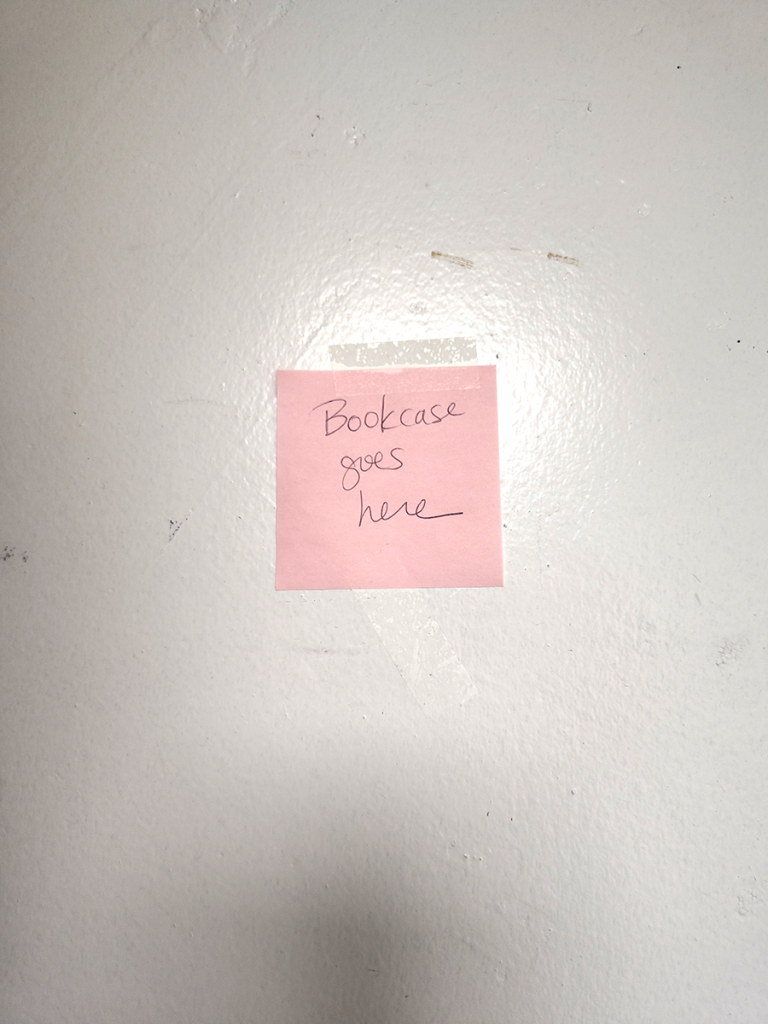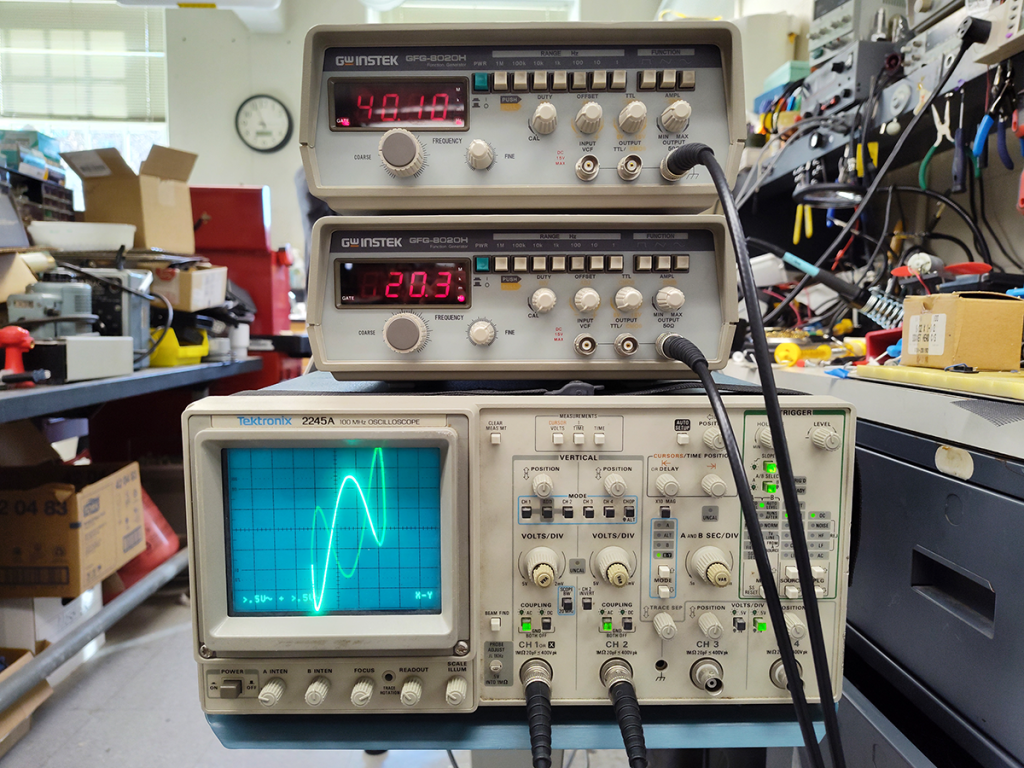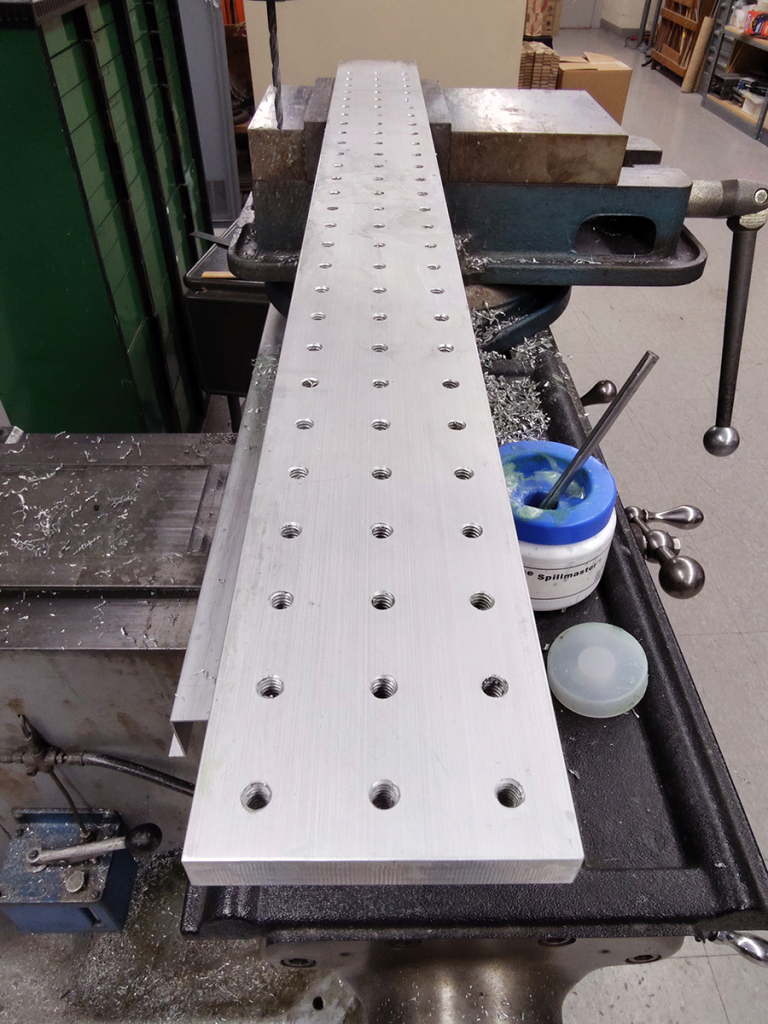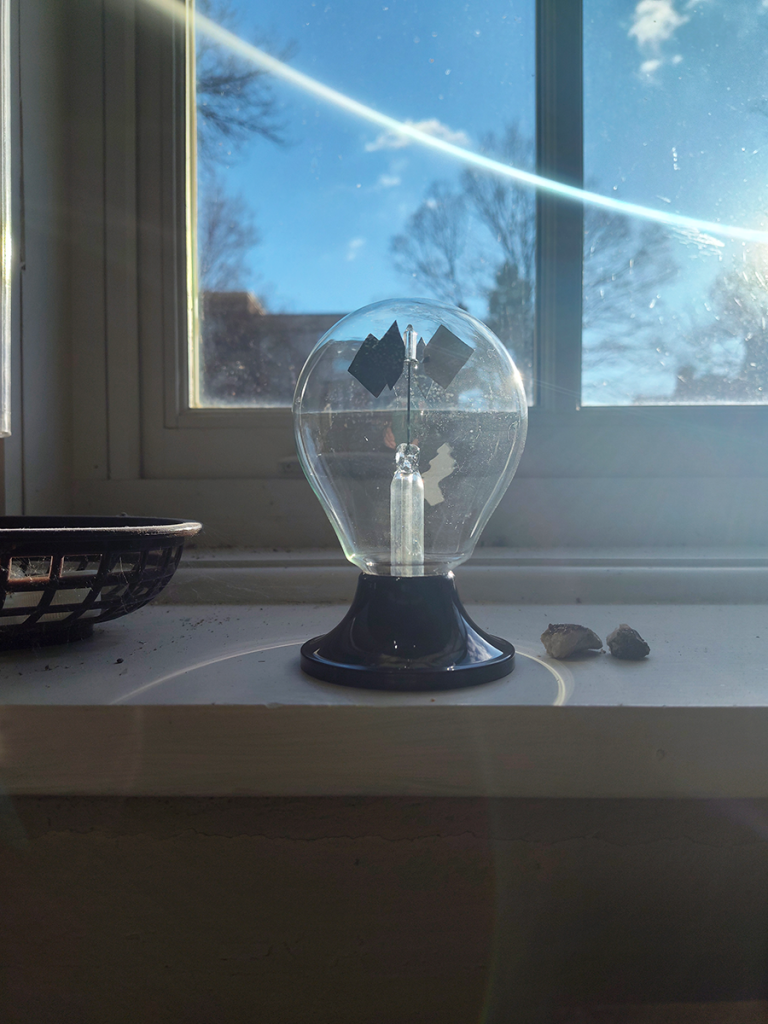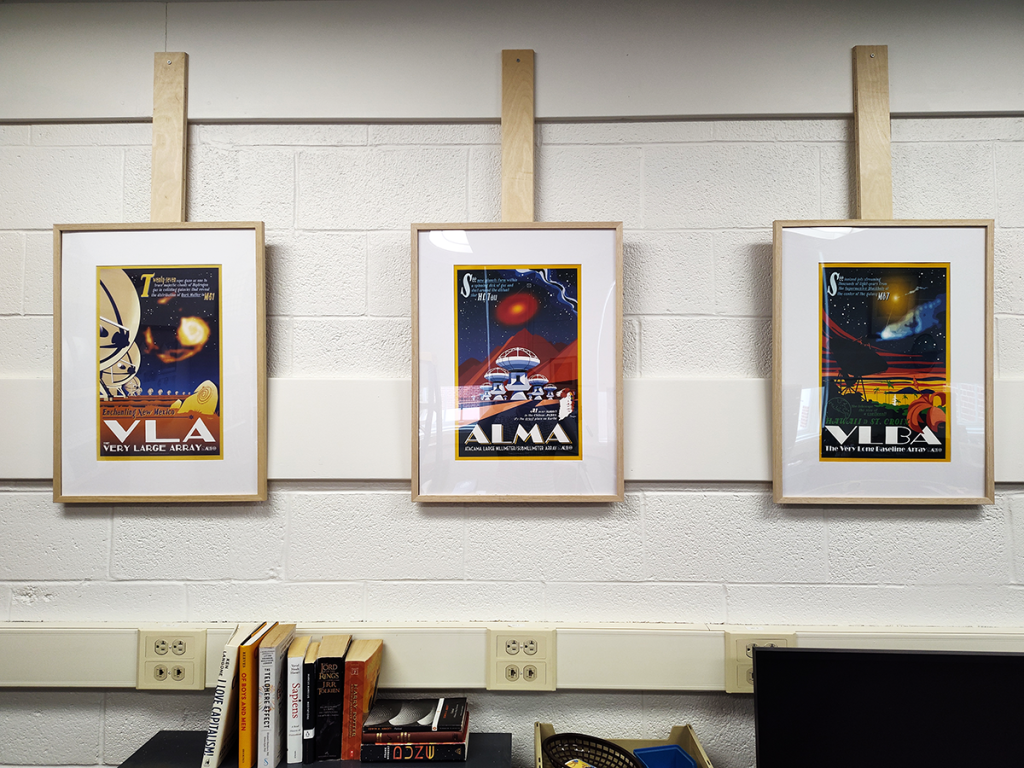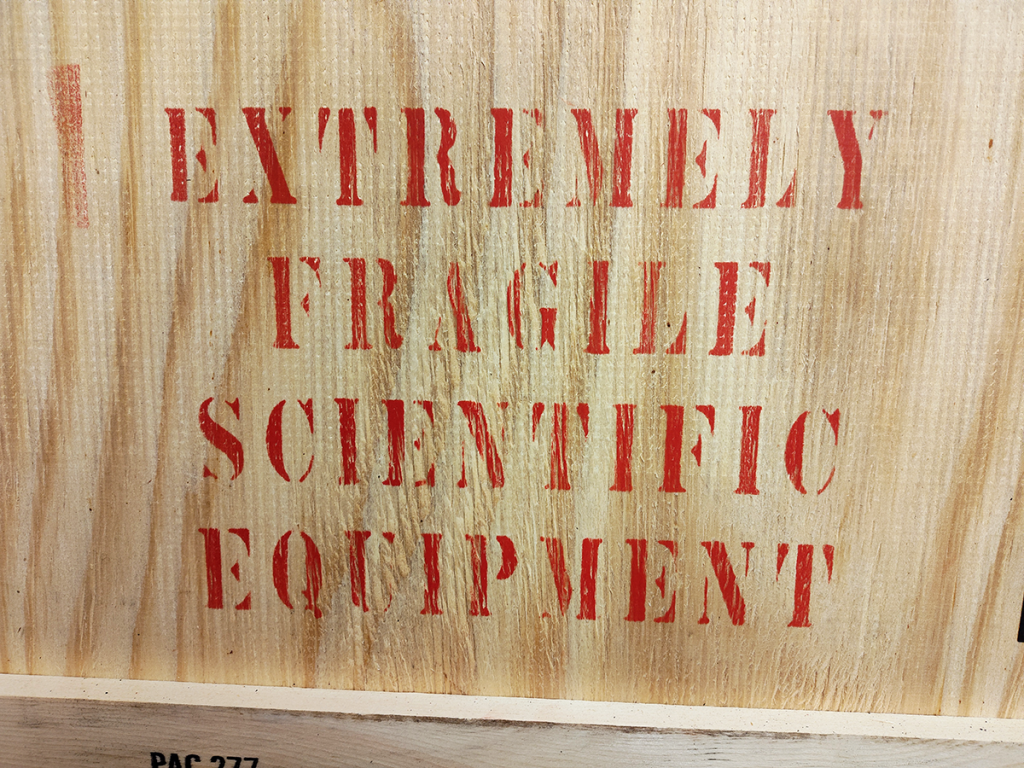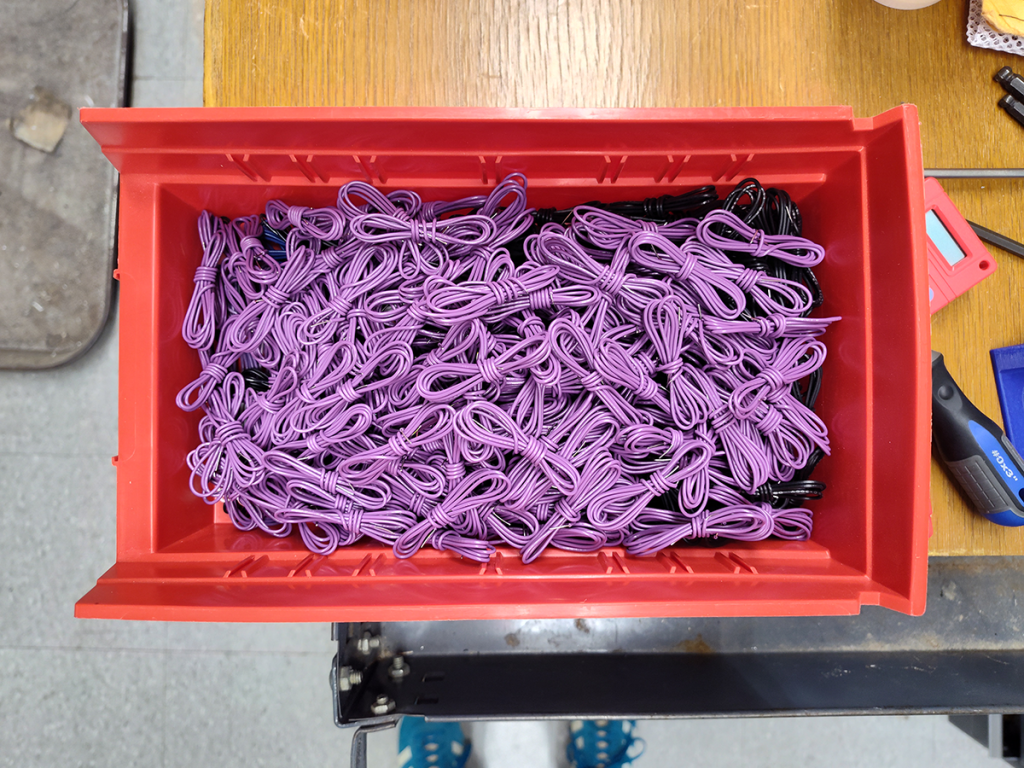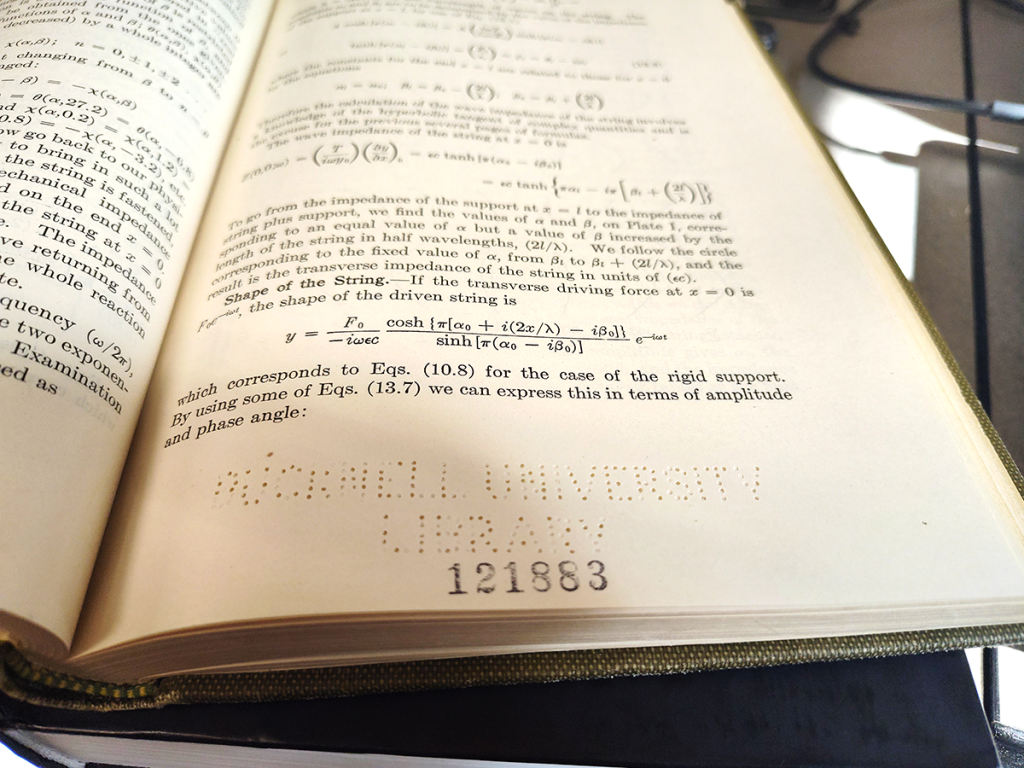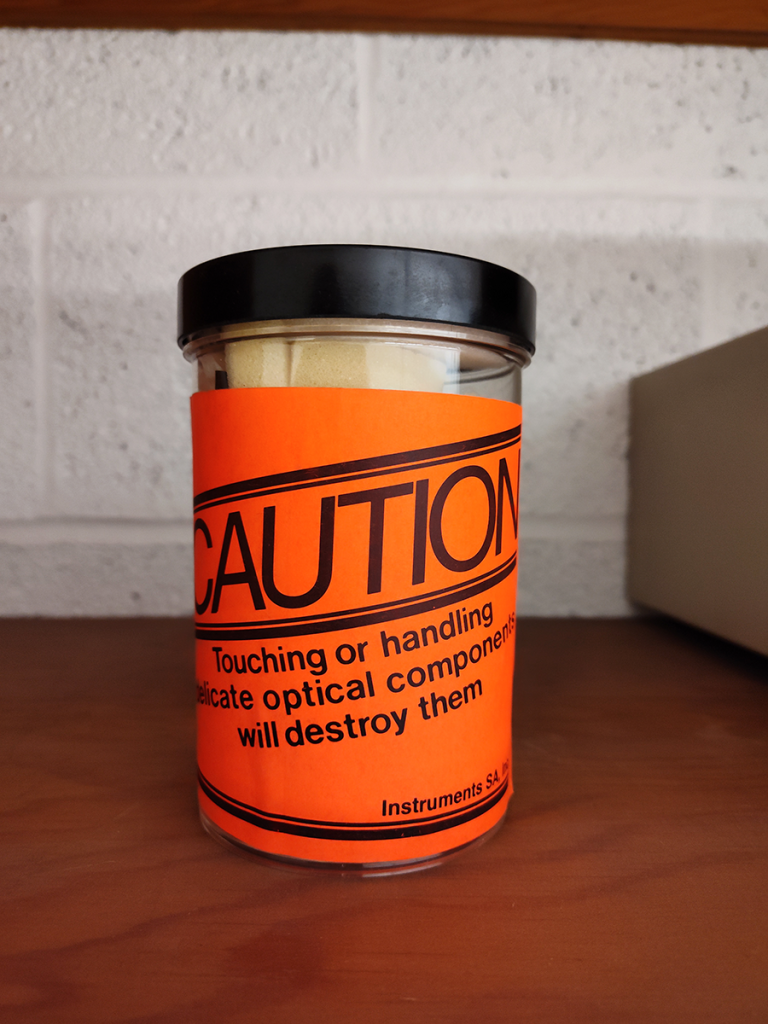
There are times when you want your warnings to be relatively subtle. Visible, readily noted by anyone paying attention. And then there are the ones demanding you take notice.
Do you know what’s in here? (Not specifically.) Do you think you should open and check. (Not particularly.) Are you curious? (Yes, very much so.)
When there’s an obnoxiously bright orange label warning that fingers will destroy the contents, it’s easy to recall that there are loads of other toys around here which are a wee bit less delicate.
Yo-yos also come in bright orange.
